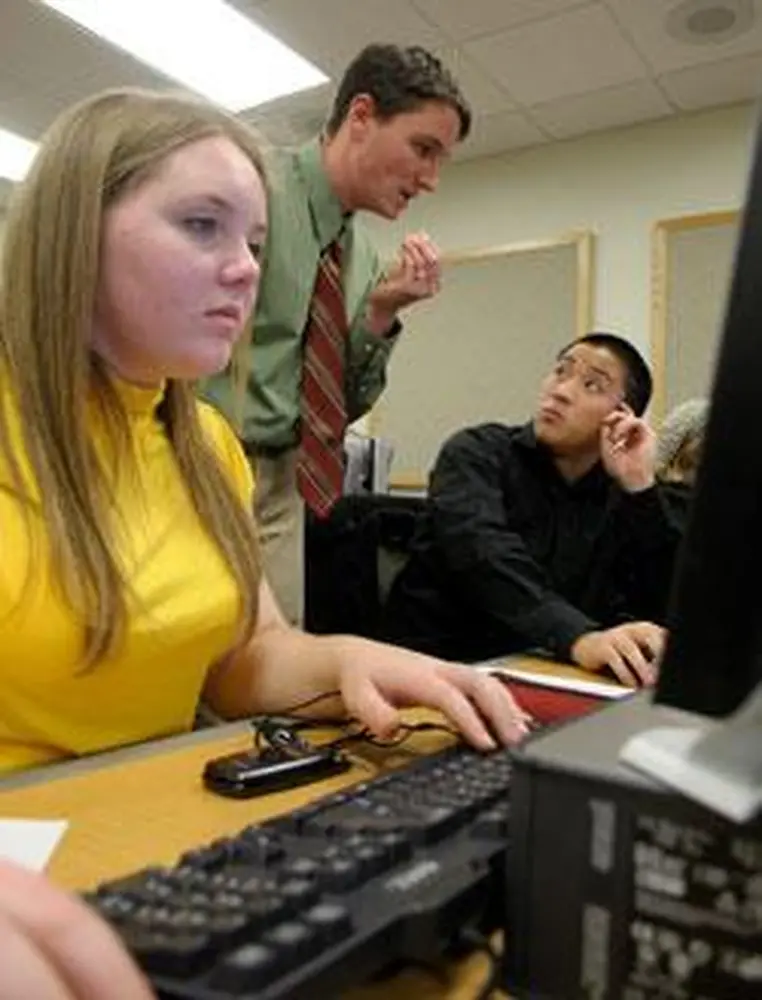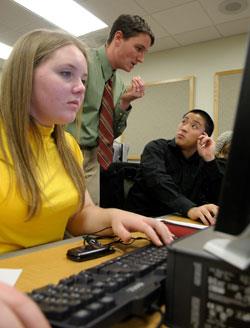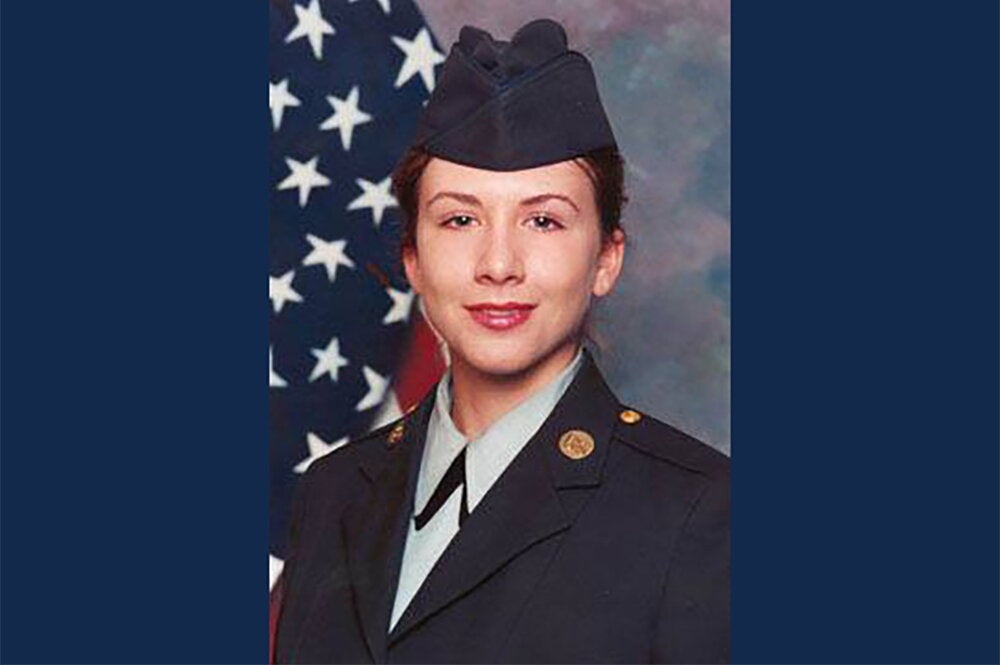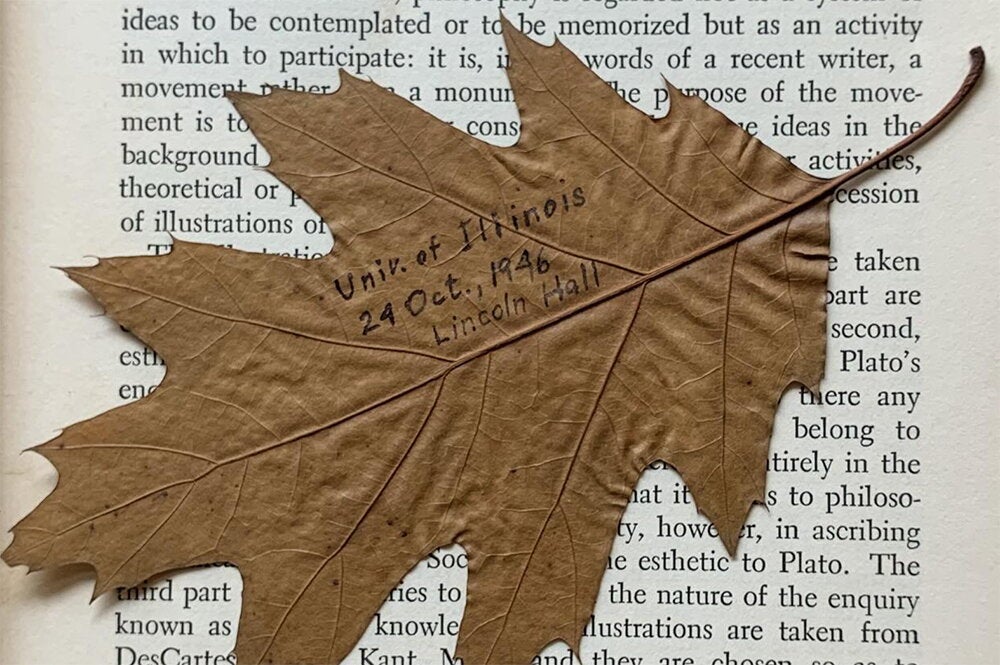

In radio, program hosts joke that if you’re ever at a loss for words just give the local forecast because everyone stays tuned in for the weather. So you can understand why Eric Snodgrass puts so much emphasis on vodcasting in his atmospheric sciences honors course (ATMOS 120).
There are times when his course on severe weather sounds like a lesson in broadcast journalism. In addition to scientific insight on storms, his class includes tips on erasing the “scratch” from a voice recording (hold cheesecloth between your mouth and the microphone) and best word choice for a general audience.
“Just get real descriptive, as if you’re writing for a 5-year-old,” Snodgrass tells a group of freshmen preparing an audio transcript about lightning. “You can use numbers like 30,000 amps, 70 millionths of a second, 2 million volts per meter. People don’t understand what those numbers mean, but they’re big. That’s science, but even someone who doesn’t understand it can appreciate it.”
The point is learning how to create video podcasts (“vodcasts”). Here, team-produced podcasts with audio and rolling images posted on the Web (http://severe-wx.pbwiki.com/FrontPage) have replaced the traditional, individual research paper. They also created a kind of Wikipedia for severe weather.
“The end result of the class is they end up learning a lot about the subject, and they also learn about how this kind of information gets out on the Web in the first place,” Snodgrass says.
Freshman Bill Mahoney says he loves the class.
“With the [software] Audacity player, we learn how to record, speaking methods, learn how to use different technologies on the computer,” he says. “Lots of editing.”
Freshman Donna Yeung says the class has opened her eyes to a new level of education.
“In high school all you basically do is research things and write a paper or whatever,” she says. “But to be able to get it published, and have it presentable to the public, it’s definitely a learning experience that will be helpful when you go out to the professional world.”


